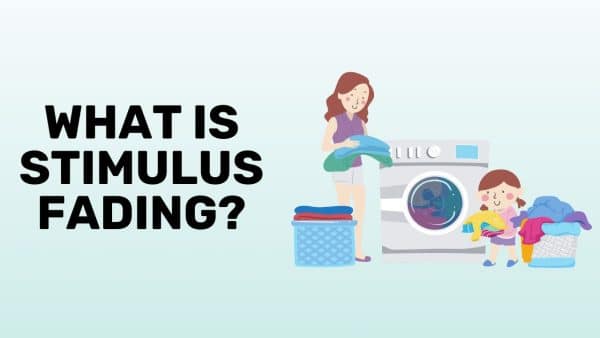Stimulus fading works by gradually reducing prompts or cues, allowing children to become more independent. Here are some examples and key points to understand:
- Start with a clear and prominent prompt, then fade it gradually over time.
- Use visual cues, like pictures or written instructions, and gradually remove or simplify them.
- Gradually decrease physical assistance, such as hand-over-hand guidance, as the child gains confidence.
- Fade verbal prompts by providing fewer instructions or using simpler language.
- Introduce a variety of situations to promote generalization of skills learned through stimulus fading.
In summary, stimulus fading is about giving children the support they need while gradually helping them rely less on prompts and cues. By slowly fading these supports, children become more independent and capable of performing tasks on their own.
Goally, our innovative tablet solution, can assist with stimulus fading by providing customizable visual schedules and prompts. Through the use of apps and features like digital visual schedules, Goally supports children in following routines and completing tasks independently. By gradually reducing the reliance on visual cues and prompts within the Goally system, children can develop greater independence and self-management skills. Goally’s gamified learning and skills training videos also offer engaging ways to practice and reinforce skills as part of the stimulus fading process, making it a helpful tool for parents embarking on this journey with their children.













